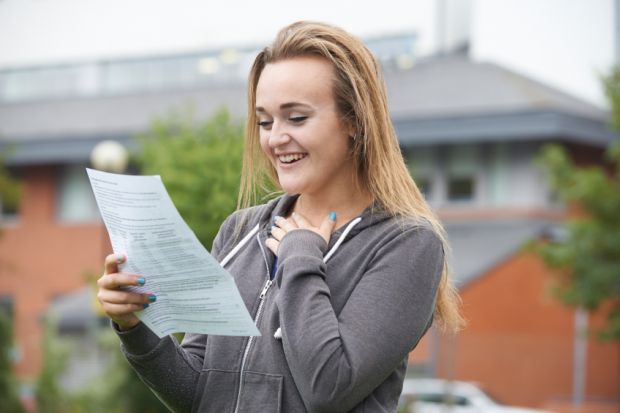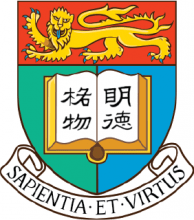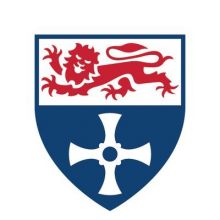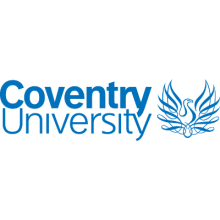
Ucas applications are (finally) over – for this year. While early birds may have seen their offers rolling in already, the rest of you have some waiting ahead.
If you’ve been so wrapped up in the application that you haven’t even thought about the next steps, this breakdown of what to expect will add a little structure to your next few months.
January-March: University offers
Most universities evaluate applications as they arrive, even before the deadline. Typically, they’ll reply with an offer or an invitation to an interview within two weeks of receiving your application. However, if you hit “Submit” on deadline day, chances are your application is caught up in the flurry of last-minute applications, so it might take a little longer.
Other universities don’t start processing applications until the January deadline has passed and won’t make offers until all interviews have been conducted. If that’s the case, don’t hold your breath for the next couple of weeks – it could take until the end of March, the date that Ucas suggests as the offer deadline.
However, the absolute deadline for offers to be made is not until 5 May 2016. By that point, Ucas will consider any pending applications to be unsuccessful.
The offers that you receive are either conditional on your achieving certain grades, or they are unconditional – more common for people who are applying after already taking their exams. Conditional offers will specify a minimum number of Ucas points that you must achieve overall or A-level (or equivalent) grades in certain subjects or in any combination.
January-March: Interviews
Not all courses or universities will want to interview you before making an offer, but if you are invited to one, it should show up in your Ucas Track, with a suggested date and time.
If you need to request a different appointment, it’s best to contact the university or course admissions administrator directly, and they can update it formally in the Ucas system.
Interviews are common for arts or performance courses, where you’ll present your portfolio or audition. At the other end of the spectrum, many science degrees will also call candidates to interview to test their problem-solving and mathematical skills. Sometimes these interviews are more like workshops, where a number of candidates will sit in a classroom and discuss problems together.
Even in these group settings, it’s likely that a tutor will interview you personally, using your application as a guide. You should be prepared to back up and explain anything you have written in your personal statement, expect to discuss books or topics you have mentioned, and be ready to chat about any recent developments in your area of interest.
These interviews are also an opportunity for the university to convince you that it is the right place for you to study. The tutors might give you a better idea of what classes are actually like, and will answer any questions you have, so be sure to bring along any queries.
January-May: Your decisions
At some point, before March, you’ll receive all the offers. At this stage, the tables turn and you get to choose which university you want to accept as a “firm” choice and which one you select as an insurance, in case you do not achieve the requirements of your first-choice offer.
It might seem obvious, but do ensure that your insurance offer requires lower grades or fewer Ucas points than your firm offer. If you make the grades of your firm offer, you will have a place at your top choice. If you don’t make the grades but you do meet the requirements of your insurance, you will have a place at this university. You can’t (easily) switch to take up the place at your insurance university if you make the grades for your firm choice, so you should use the insurance decision only as a back-up.
You must decline all other offers. If you receive an unconditional offer and you accept it, you immediately have a place on that course and you will be expected to attend, save for exceptional circumstances.
Ucas will set you a deadline by which you must reply to your offers. This will depend on when you receive your last offer, but you will generally have between one and five weeks to make your decision.
July-August: Exam results
Results day doesn’t just reveal the fruits of your labours of the past few years, it also determines your future for the following few years. No pressure.
Chances are, before you’ve even rolled out of bed (unless the nerves kept you up), Ucas Track will have already changed to reflect whether you’ve met the conditions for your offers. If you’re taking exams through bodies that don’t send results to Ucas, you will have to collect the results personally and send them on to your chosen university.
If you meet the requirements of either your firm or your insurance offer, the online Ucas status will change to show that your university place is confirmed. For you, the Ucas journey is more or less over.
However, a university may offer you a place on an alternative course, either because your grades were higher or lower than expected, or simply because places unexpectedly opened up. It is your choice to accept or decline this new offer.
Students who achieve much better results than they expected are often contacted immediately on results day by universities that want you to take a place on their course. These will likely be universities with fairly high entry requirements that couldn’t originally make you an offer based on your predicted grades. So if you excel in your exams, you may find that universities that you were not originally eligible for are fighting it out to convince you to come on their course.
July-September: Clearing
Even if you don’t make the grades for your chosen universities, or if you achieve higher grades than your offer, you can shop around for available courses that match your exam results.
Clearing is open from July until September, and vacancies are updated regularly as other students accept and decline offers.
You can use the search tool to find appropriate courses, but you can also contact universities directly by email or phone to discuss your options. If a university offers you a place during this correspondence, you can add a “clearing choice” in Ucas Track.
Clearing isn’t just a last resort. According to a survey, 53 per cent of students who used clearing were not doing so because they failed to achieve the requirements of their first- or second-choice universities. A third of students, in fact, used clearing because they achieved higher grades than expected, or because they decided to wait for exam results and then apply directly through clearing.
The survey also revealed that more than half of the students who used clearing last year had already started searching for courses by 9am on results day. With this in mind, if you want to take control of your opportunities, the best advice is to start researching your options early, and be proactive about contacting universities if you’re not happy with your offers or are wondering what else is out there.



















Have your say